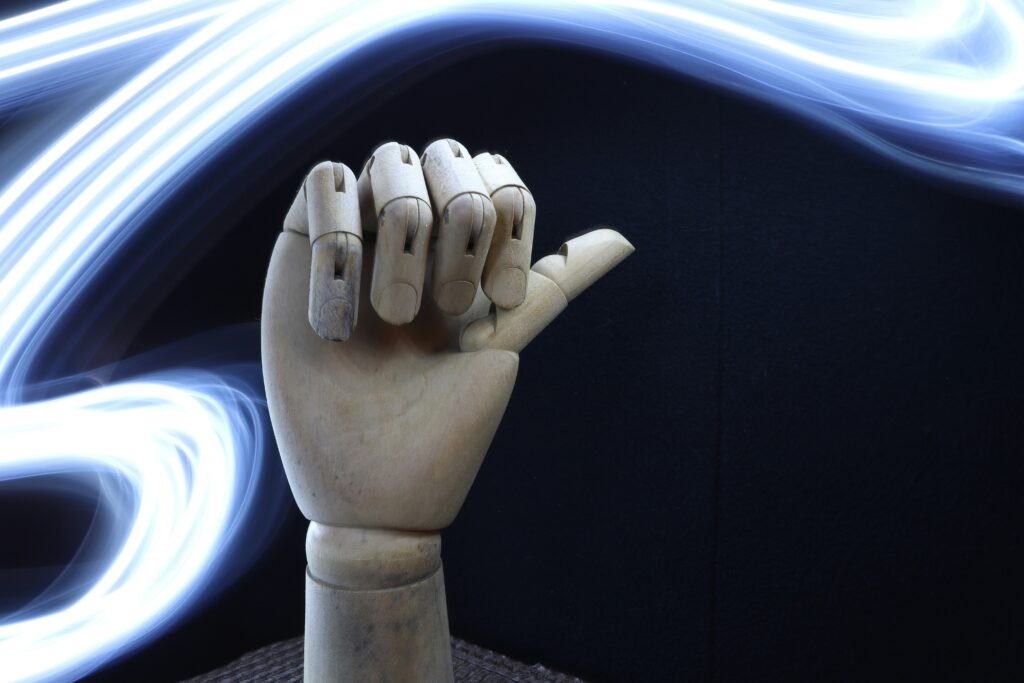As we hurtle into the future at breakneck speed, one industry is quietly revolutionizing the way we interact with the world around us: haptic technology. Yes, you read that right—haptics, the science of touch sensation, is no longer confined to just our smartphones or video game controllers. It’s now making its way into a wide range of consumer products and business applications, promising to reshape our physical and digital experiences in ways we never thought possible.
Imagine being able to feel the texture of a fabric through your computer screen or sensing the weight of an object in virtual reality. That’s the power of haptic technology, and companies like Immersion Corporation are leading the charge in bringing this sensory revolution to life.
According to a recent report by MarketsandMarkets, the global haptic technology market is projected to reach $4.6 billion by 2026, driven by growing demand for touch feedback in consumer electronics, automotive, healthcare, and gaming industries. As Immersion CEO Jared Smith puts it, “Haptics have the potential to completely transform the way we engage with technology, making it more immersive, intuitive, and ultimately, more human.”
But it’s not just about enhancing our digital experiences; haptics also has the potential to open up new avenues for accessibility and inclusivity, providing tactile feedback to individuals with visual or hearing impairments. In a world increasingly digitized and disconnected, haptic technology offers a tantalizing glimpse into a future where touch is no longer off-limits, but a vital part of our everyday interactions.



